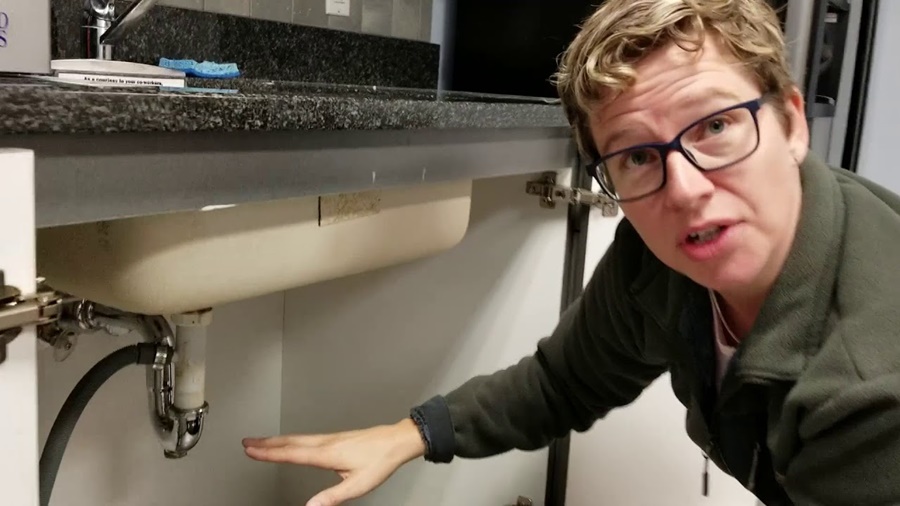If you need to perform maintenance, replace a faucet, or stop a leak, turning off the water supply under the bathroom sink is an essential first step. Luckily, it’s a simple task that requires no special tools and only takes a few minutes.
Why You Might Need to Turn Off the Water
There are several common reasons to shut off the water under your bathroom sink:
Fixing a leaky faucet
Replacing the faucet or sink
Installing a new vanity
Preventing flooding from a broken pipe
Performing routine plumbing inspections
Tools You May Need
Most of the time, you won’t need any tools. However, in some cases, it helps to have:
Adjustable wrench (if valves are stiff)
WD-40 or another penetrating lubricant (for stuck valves)
Towel or bucket (to catch any drips)
Step-by-Step Instructions
1. Locate the Shut-Off Valves
Look under your bathroom sink. You’ll typically see two small valves attached to the pipes one for hot water and one for cold water. These valves are usually located close to the wall and connect directly to the faucet via flexible hoses or rigid pipes.
2. Identify Which Valve is Which
The left valve usually controls hot water
The right valve usually controls cold water
Each valve is connected to the corresponding water supply line.
3. Turn Off the Valves
Grasp the valve handle (usually a small oval or round knob)
Turn the valve clockwise (right) until it stops turning
You don’t need to use excessive force; it should turn with moderate hand pressure
If the valve is stuck, try gently turning it back and forth or apply a small amount of lubricant and wait a few minutes before trying again
Note: Don’t use excessive force. Old valves can be fragile and may break if forced.
4. Test the Faucet
After turning off both valves:
Turn on the faucet at the sink
Let any remaining water run out
If no water flows or only a small amount comes out and then stops, the shut-off was successful
5. Optional: Place a Towel or Bowl Under the Pipes
If you're planning to disconnect hoses or do repairs, place a towel or small bowl under the shut-off valves to catch any residual drips.
What If Your Sink Doesn’t Have Shut-Off Valves?
Some older homes or DIY installations may not have dedicated shut-off valves under the sink. In that case:
You will need to shut off the main water supply to the house
This is typically located near your water meter or where the main water line enters your home (often in a basement, garage, or utility room)
When to Call a Plumber
If you notice any of the following, it may be best to call a professional:
Shut-off valves are corroded, broken, or stuck
Leaking persists even after turning off the water
You’re uncomfortable doing any part of the work yourself
Final Thoughts
Turning off the water under your bathroom sink is a basic but important plumbing task. Whether you’re fixing a small leak or replacing the faucet, shutting off the water ensures you can work safely and without mess. Always check that the water is fully off before proceeding with any repair or installation.

